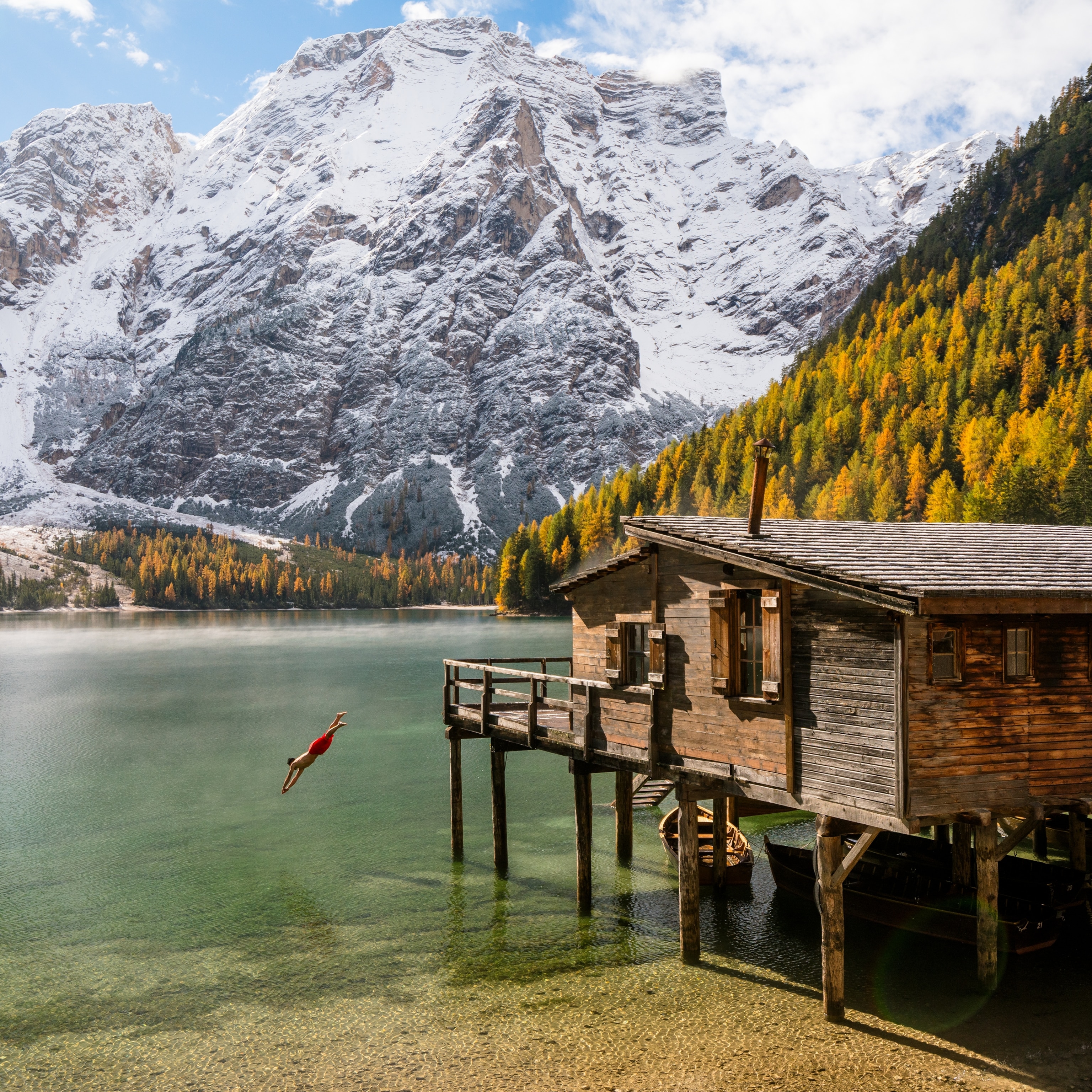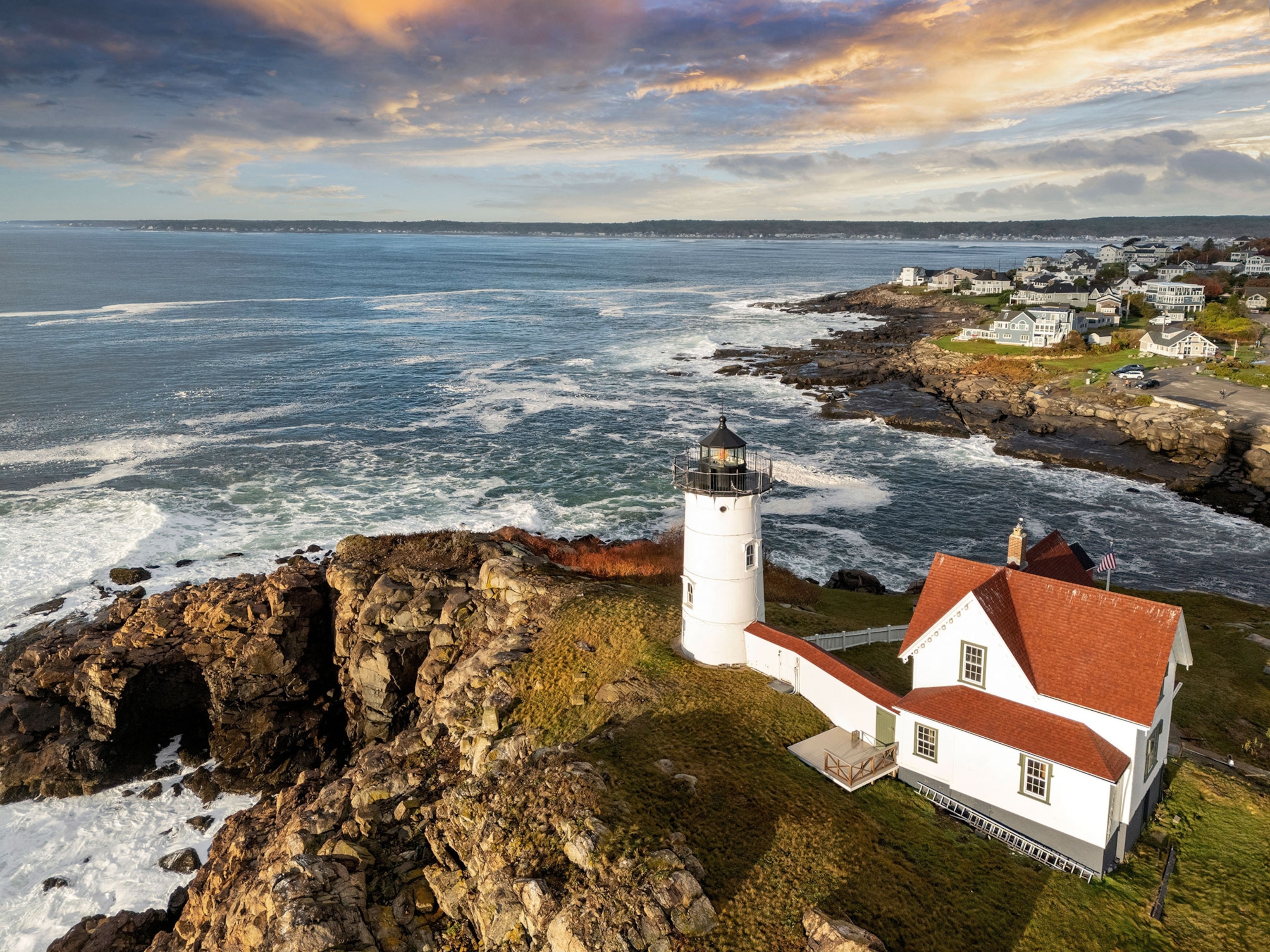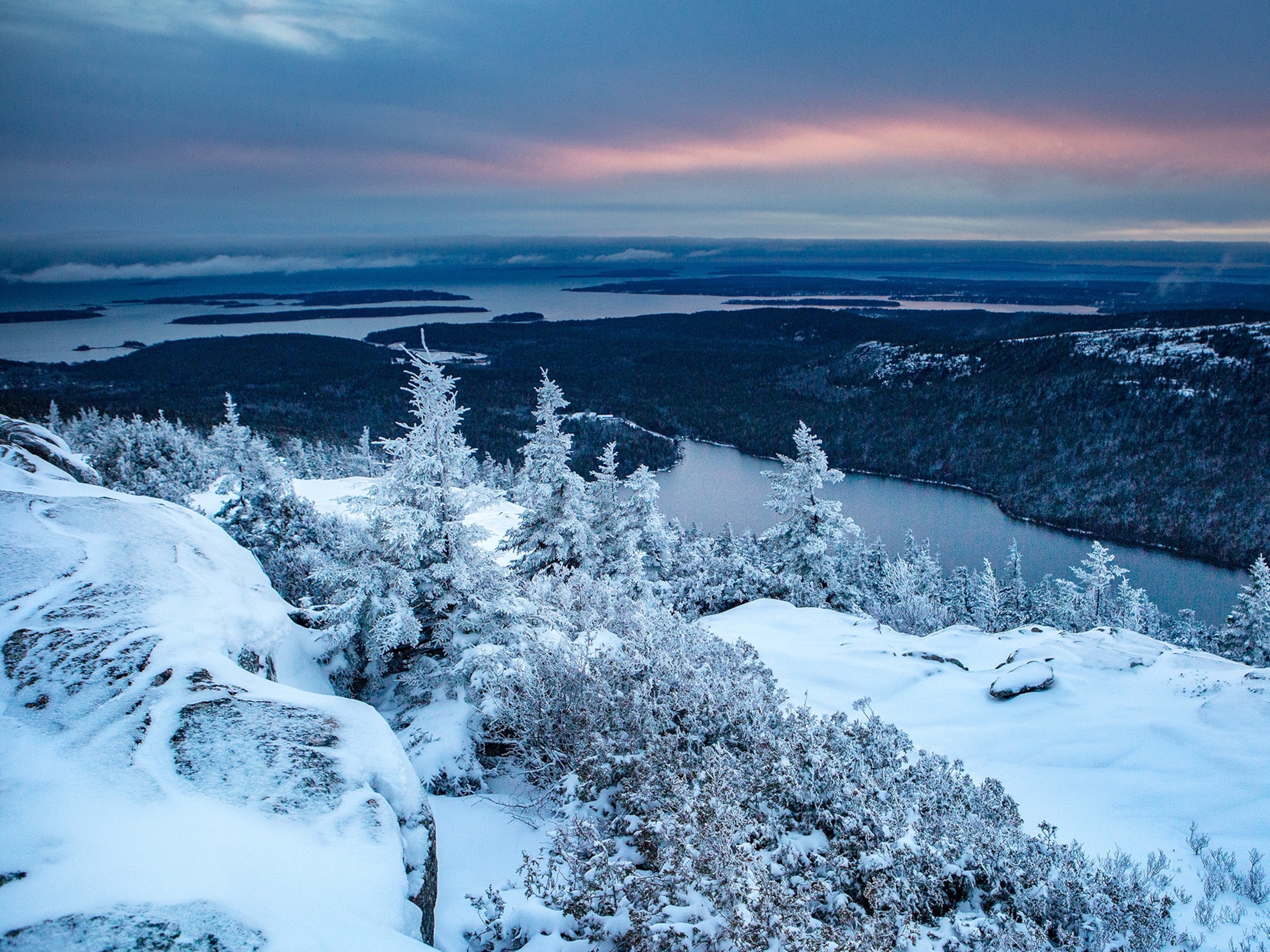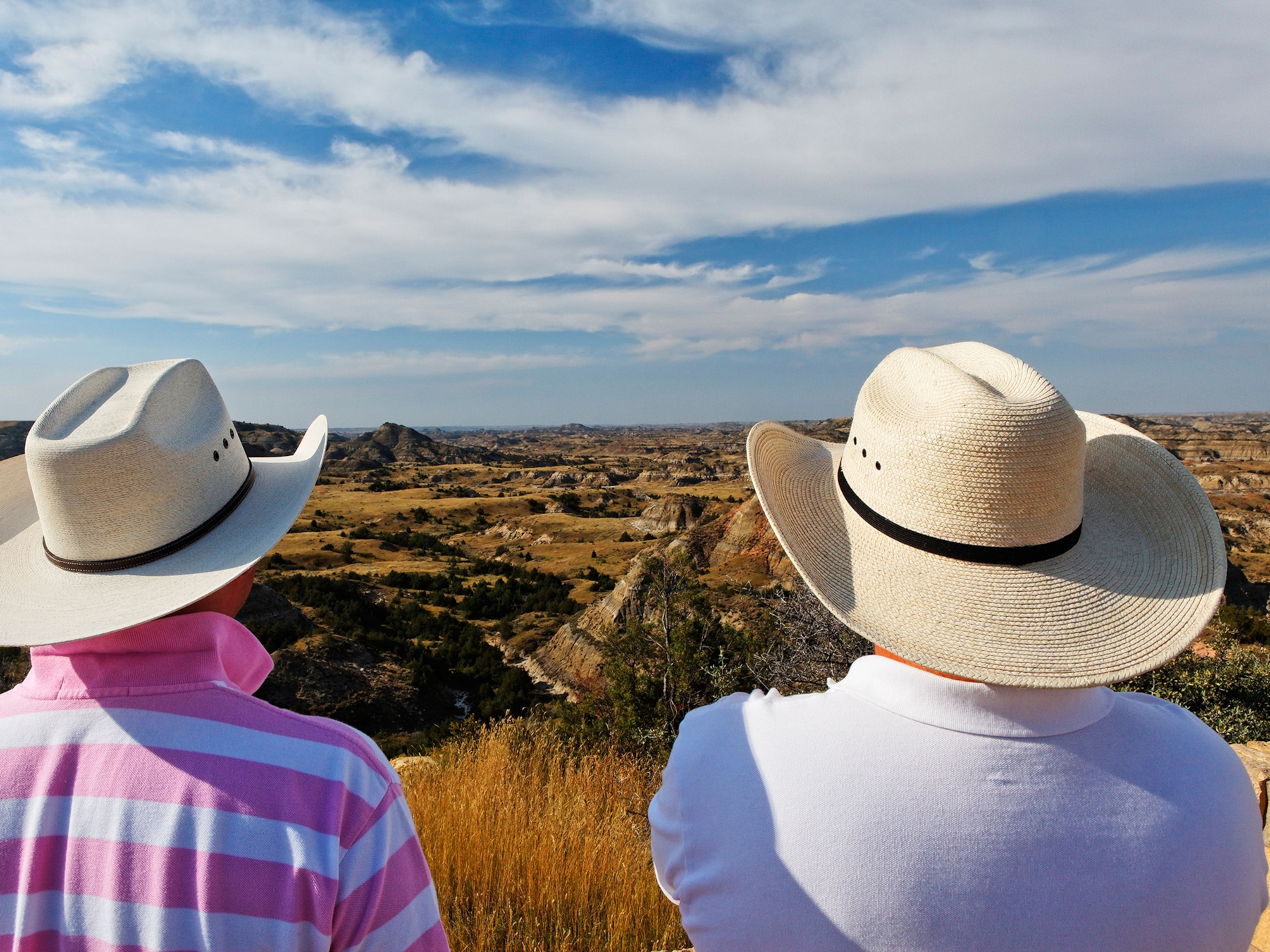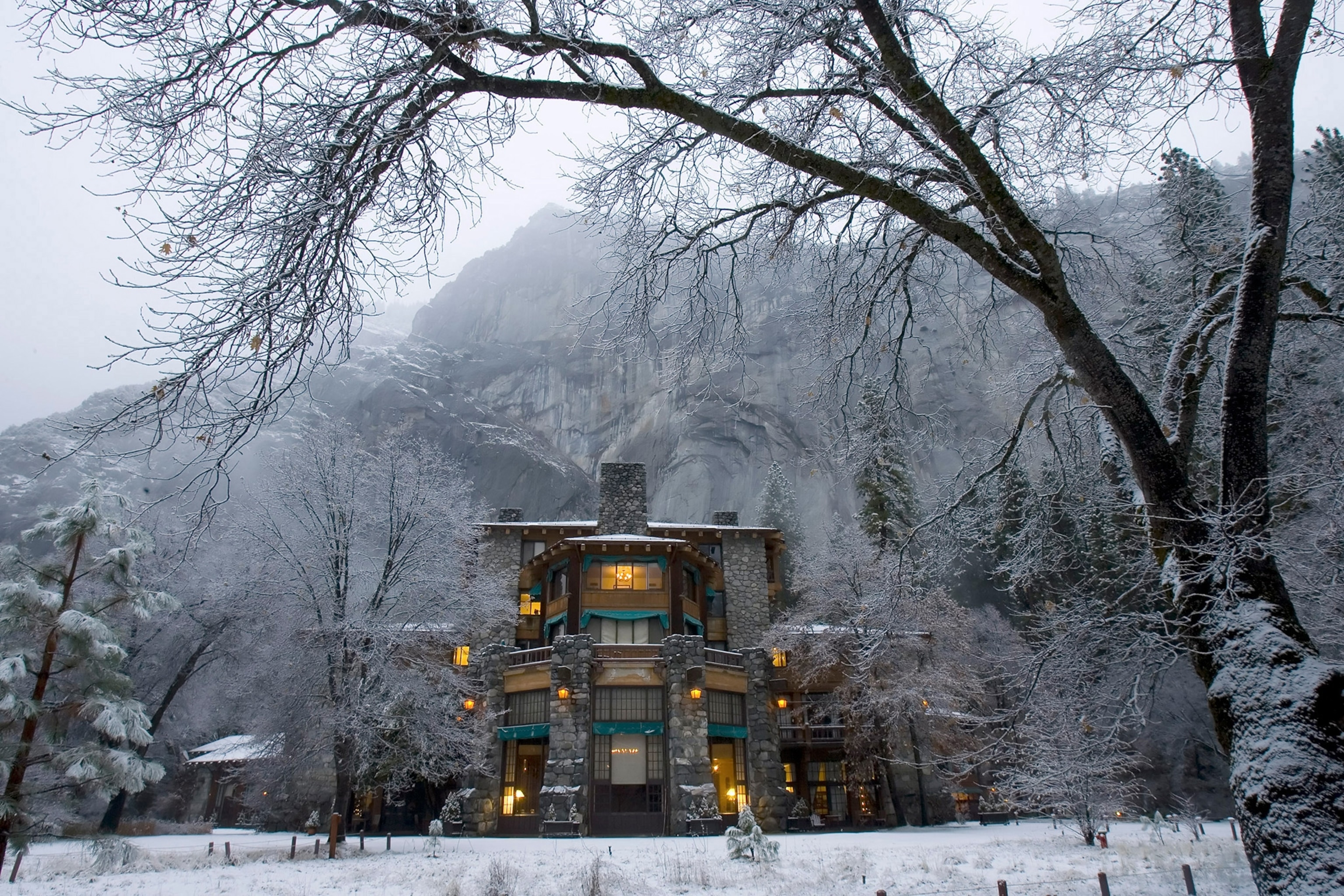
What’s in a Name at Yosemite?
For our writer, whose family has 130 years of history at the national park, changing iconic names stirs up vivid memories.
The great fireplace in the 88-year-old hotel, the heavy dark beams above, the Art Deco ambience, the Southwestern motifs on the walls, the Navajo rugs, the Pomo baskets, the fortress-like exterior of mortared stones. For millions of visitors to Yosemite National Park, the name “Ahwahnee” evokes these images. Some of us, from families with a long history in Yosemite, see ghosts.
My uncle Joe ran the Ahwahnee elevator in summers as a teen-ager. My aunt Gayle, his future wife, worked for Virginia Adams, the wife of Ansel, our greatest landscape photographer, in their studio an easy walk down the road. In his twenties, my father, David Brower, when he was not making his dozens of ascents of Yosemite’s walls, worked as the public relations man for Yosemite Park and Curry Company, the park’s first concessionaire. He wrote copy, took pictures, and photographed the Ahwahnee inside and out. If the Ahwahnee had an animating spirit, it was Ansel Adams. He is now chief ghost. At nighttime, with no light left for his camera, he hung out at the hotel playing piano. (It was Adams, trained as a concert pianist, who procured this very Steinway in the hotel’s first year, 1927.) On the keys he was a great comedian and entertainer. Now and again he would rise abruptly, spin about, and play a thunderous Wagnerian chord with his behind. I remember my delight, as a boy, at seeing an adult behave this way. For my father, Adams was mentor. He critiqued his pictures, and sometimes even developed his images for him. “The negative is the score,” he advised my father, his apprentice, in the darkroom. “The print is the performance.”
The Name Game
Ahwahnee. The Ahwahnee Hotel. What’s in a name? Decades of personal, historical, and cultural significance—and now a lot of controversy, too.
Earlier this month, the National Park Service announced plans to change the hotel’s name, and the names of other iconic Yosemite landmarks. Delaware North Companies (DNC), the concessionaire that runs the hotels, restaurants, and retail stores of the park, lost its contract-renewal bid last summer. It then sued the Park Service for $51 million, the value, the company claimed, of its intellectual property in Yosemite, which includes park names it has trademarked. The Park Service, “to assure seamless transition” in management as this litigation is resolved, will change the names on March 1, when the new concessionaire takes over. The Ahwahnee will become “The Majestic Yosemite Hotel.” The Yosemite Lodge, at the foot of Yosemite Falls, will be “Yosemite Valley Lodge.” Curry Village will be “Half Dome Village.” The Wawona Hotel will be “Big Trees Lodge.” The Badger Pass Ski Area will become “Yosemite Ski and Snowboard Area.”
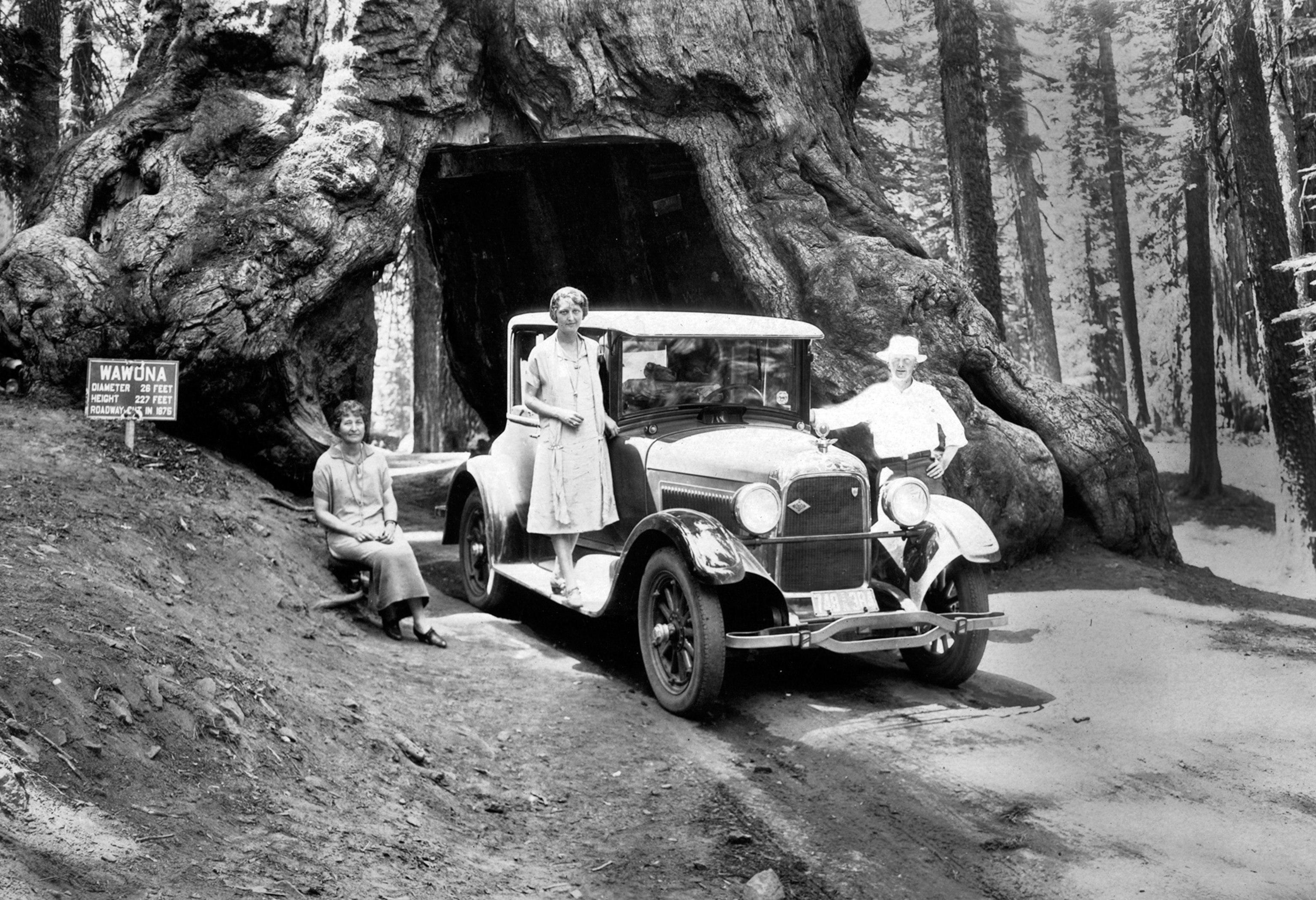
The public response has been outrage. “Boycott DNC,” is a suggestion made again and again, as is the vow to never, ever, resort to the blasphemy of these new names. The Park Service, too, has drawn fire in this affair. Some believe that the renaming is not timidity, but tactics. “I think it was the smartest thing the Park Service has done for decades,” Jordan Fisher Smith told me. (Smith, a former ranger, is the author of Nature Noir, a look at the grittier side of park stewardship.) “Maybe they’re finally learning how to finesse these things.” The environmental filmmaker John de Graaf suspects, along with Smith, that the name changes are intended to provoke public reaction against DNC. Both men point to one name change in particular. They argue that conversion of the lyrical “Ahwahnee Hotel” to the comically portentous “Majestic Yosemite Hotel” can only be calculated to offend.
Bob Hansen, who for twenty years was president of the Yosemite Fund, worries less about the motivation behind the name changes than about their effects on the park’s legacy. “In the history books, we read about Teddy Roosevelt going to the Wawona Hotel,” he says. “We read about the founder of the Park Service, Stephen Mather, being responsible for the construction of the Ahwahnee Hotel. Those are the references. These name changes are going to make history very confusing.”
My Ahwahnee Memories
For me, one association with “Ahwahnee” shoulders all the others aside. It is the memory of a Bracebridge Dinner, the great social event of Yosemite, a rococo Renaissance pageant held at the Ahwahnee every winter. My parents, in their eighties, were appointed Squire and Lady Bracebridge, an honor requiring them to dress up in Renaissance garb. My father was a big man, but some previous Squire Bracebridge had been beefier and had stretched the nobleman’s leotards. When my father pulled them on, they bunched up in folds above the knees. There is no garment more woeful than tights no longer tight. Say “Ahwahnee,” and this recollection jumps at me. I have to laugh: my parents trapped and sheepish in 15th century clothing, acutely aware of how ridiculous they look.
My family history in Yosemite goes back 130 years. My maternal grandmother first traveled to the valley by stagecoach. My maternal great grandfather, Colonel John P. Irish, was a commissioner of Yosemite in the 1880s and an advocate of California state control of the park. This made him a bitter enemy of John Muir, the leading advocate of “retrocession,” or reversion of Yosemite to federal control. The Colonel called Muir a “pseudo-naturalist.” Sixty years later, my father, David Brower, became the first executive director of the Sierra Club, an organization founded by the pseudo-naturalist for the purpose of making Yosemite a national park. Colonel Irish lost both rounds to the environmental radicals. First Muir beat him on Yosemite retrocession, and then my father stole his granddaughter.
My own history in the park goes back nearly to my beginnings. In 1947, when I was two, I slipped away from my parents and was lost or several hours on the Yosemite Valley floor. Everyone, Ansel and Virginia Adams among them, joined the posse searching for me. My walkabout ended when a woman found me down by the Merced River. I was toddling along its bank. Who knows what I was thinking? Maybe I was drawn by the voices, those liquid conversations in its fast, icy current. “El Río de Nuestra Señora de la Merced,” the Spaniards named this stream. A good name. “River of our Lady of Mercy.” She was certainly a river of mercy to me.
Yosemite’s Original Inhabitants
My family’s association with Yosemite is nothing, of course, beside the millennia of tenancy by the original inhabitants, the Ahwahneechee. This band of Sierra Miwok lived here forever, by their own account. Ahwahnee is their name for this valley. “Yosemite” itself may derive from uzamati, the Miwok word for grizzly bear.
In all matters pertaining to California Indians, my main source of insight is Malcolm Margolin, founder of Heyday Books and publisher for forty years of “News from Native California,” the only journal of its kind for the tribes of the state. When I put the name-change question to him, he reflected for some moments.

“I felt that DNC were really good concessionaires, and I’m sorry they lost the contract,” he said. “And I also thought that their trying to latch onto the names was not worthy of them.”
Then Margolin recalled for me the origin of another Yosemite name.
“Do you know the story of Chief Tenaya?” he asked. “Do you remember how they named his lake?” Chief Tenaya, I knew, was leader of the Ahwahneechee in 1851, when the Mariposa Battalion drove them from Yosemite Valley. Tenaya Lake, chief’s namesake, lies outside and above the valley, near the center of the national park. But I had forgot how the lake came to have Tenaya’s name.
“Let me read it to you,” said Margolin. “It’s from Lafayette Bunnell’s story about the conquest of Yosemite. They’d captured Tenaya. Here’s what Bunnell wrote: “‘I called him up to us, and told him that we had given his name to the lake and the river. At first he seemed unable to comprehend our purpose, and pointing to the group of glistening peaks, near the head of the lake, said: ‘It already has a name; we call it Py-we-ack.’ Upon my telling him that we had named it Ten-ie-ya, because it was upon the shores of the lake that we had found his people, who would never return to it to live, his countenance fell and he at once left our group and joined his own family circle. His countenance as he left us indicated that he thought the naming of the lake no equivalent for the loss of his territory.’”
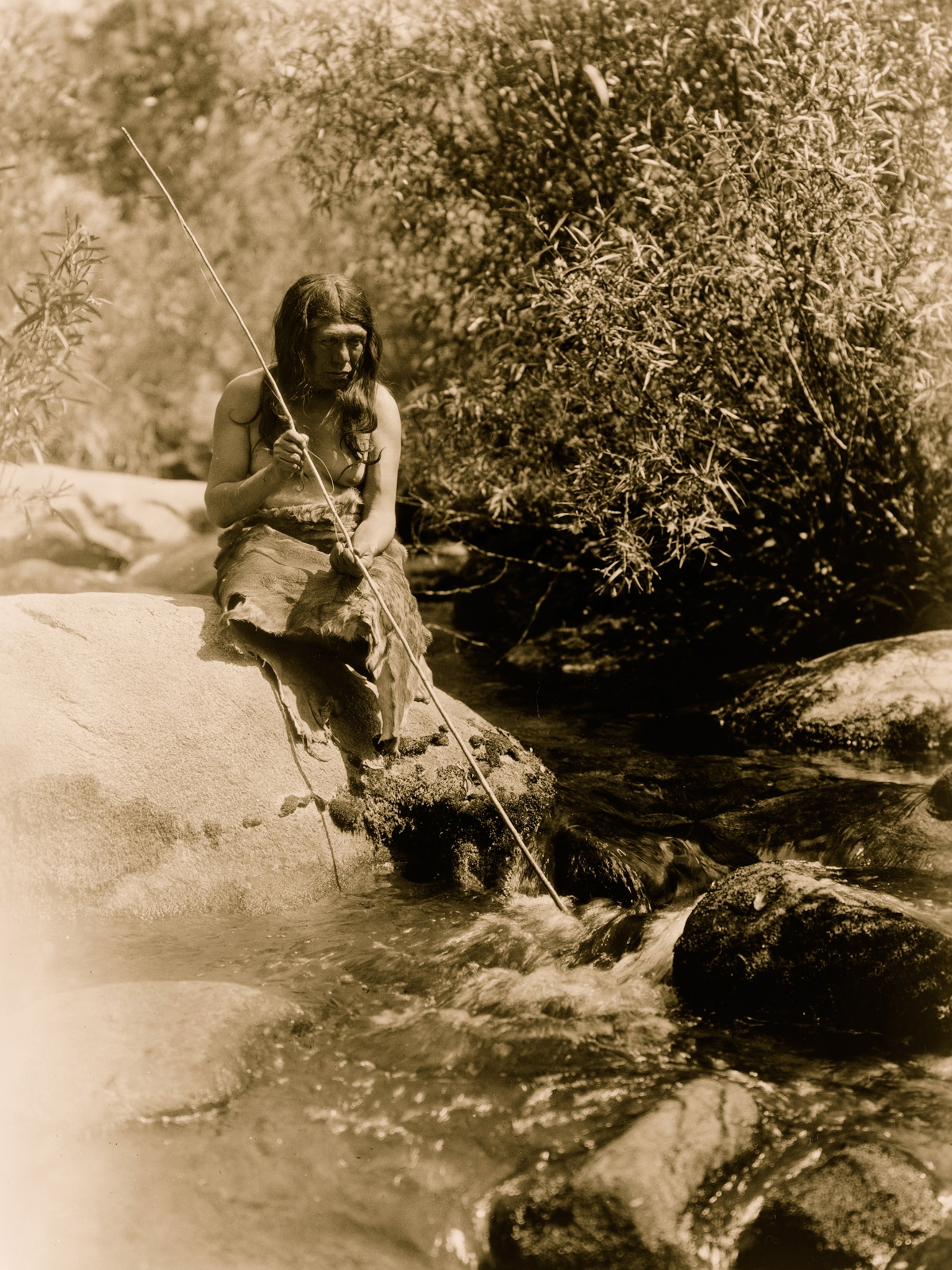
Margolin has coined a phrase, the “Tenaya Phenomenon,” to describe this sort of episode: the honoring of the image of a people while robbing them of land and power. It is a widespread phenomenon, he said, but particularly flagrant in Yosemite, where a museum, a reconstructed Miwok village, and an active program of Miwok interpretation all thrive side-by-side with an ongoing history of Miwok expulsions, betrayals, and contempt.
“When the Spanish explorers in the Portola’s expedition came up to California, building missions, Portola renamed all the places,” Margolin went on. “He renamed them after Spanish saints. And this was taking away the history, taking away the Indian view of things, taking away the rights, taking away the memories. And that, more than anything, was the first act of conquest. In Indian history it is particularly necessary to get the names straight. Western history is based on time. We have a way of arranging things in time sequences. One thing leads to another. In Indian history you don’t have time. Everything about time is flat. All you have is place. And places have stories. And the stories are a mixture of the mythical, the historical, and anecdotal contemporary news. And these stories, mixed together, is what creates the Indian understanding of the world. To take that away from them, to take their names away from them, is to take away their sense of history. This is the act of colonization. You rename the place. It was more effective than raising a flag; it was more effective than putting up a fort. You rename the place to make it your own.”
With the Park Service’s new names in Yosemite, we, the usurpers of the valley of the Ahwahneechee, got a taste of our own medicine. The Tenaya Phenomenon has come home to roost.

